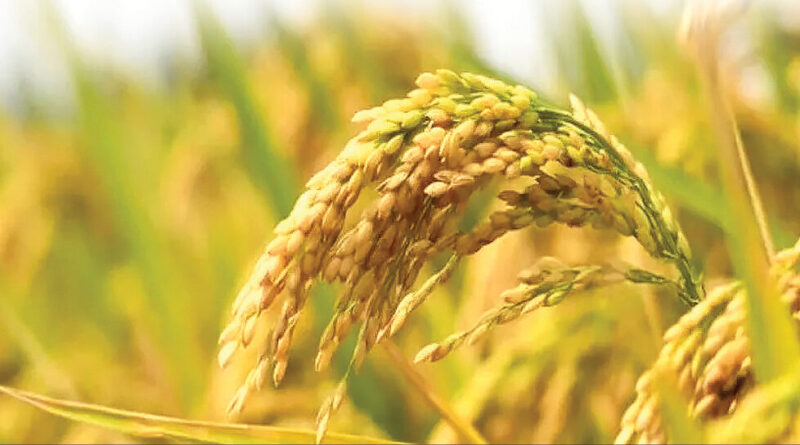Indian scientists identify rice varieties that can reduce fertiliser use, reaping environmental & financial gains
By Preetha Banerjee
Indian scientists have discovered significant natural variations in rice nitrogen use efficiency (NUE) along with associated traits and genes.
Published in the Journal of Plant Growth Regulation, the study identified that while high NUE rice varieties like Khira and CR Dhan 301 are long-duration crops, the Dhala Heera variety boasts both high NUE and a shorter growth duration, offering a significant advantage for farmers.
NUE in cereals, particularly rice, is a critical factor in agricultural sustainability. It measures the grain yield or nitrogen harvested per unit of urea input, the predominant nitrogen fertiliser in India. Poor fertiliser NUE leads to the wastage of nitrogen fertilisers worth a staggering Rs 1 lakh crore annually in India and over $170 billion globally. Moreover, poor NUE has contributed to significant environmental problems over the last 50 years.
The team of researchers at Indraprastha University examined 46 phenotypic and physiological parameters in various rice varieties. The findings revealed a five-fold variation in NUE among a dozen rice varieties screened from over a thousand Indian released varieties.
“We identified 19 parameters strongly associated with NUE, including eight newly discovered ones, pending confirmation in field trials,” said Ashu Tyagi, who carried out this work for her doctoral thesis.
The research involved three separate studies over a decade, using different sets of 34 released rice varieties evaluated in greenhouse conditions by various researchers from the lab. Varieties identified as high NUE in the greenhouse were later confirmed in field trials by agricultural institute partners, increasing confidence in the methodology’s reliability for biological assessment of NUE. “Based on this, we can recommend large-scale screening of all Indian rice varieties to find more NUE cultivars suitable for different agroclimatic conditions and markets,” said N Raghuram, one of the authors of the report.
The environmental impact of poor nitrogen management is profound. Nitrogen fertilisers contribute significantly to greenhouse gas emissions through nitrous oxide, a potent greenhouse gas. Moreover, nitrogen runoff into water bodies leads to eutrophication, which depletes oxygen in the water, causing dead zones that severely impact aquatic life. Improving NUE in rice can mitigate these issues, promoting more sustainable agricultural practices.
The socio-economic implications are also notable. In India, where a large portion of the population depends on agriculture for their livelihood, improving NUE can enhance productivity and profitability for farmers. By reducing the need for excessive fertiliser application, farmers can lower their input costs and minimise their environmental footprint. This can lead to a more sustainable agricultural economy and better living standards for farming communities.
India is a signatory to the Kunming-Montreal Global Biodiversity Framework (2022), which mandates countries to halve their nutrient waste from all sources by 2030.
This article has been republished from The Down To Earth Magazine.

